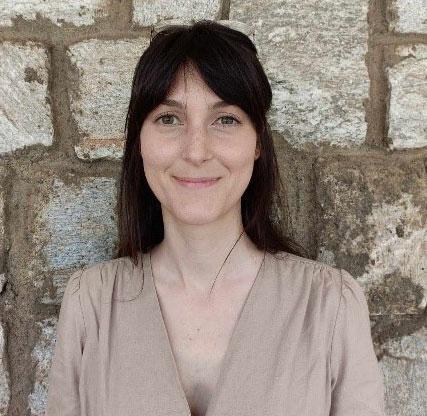Catalyzing climate resilient development: why climate finance in vulnerable contexts matters
The Paris Agreement on Climate Change is celebrated for having established two well-known goals: Limit the increase of average global temperatures, ideally to 1.5 degrees Celsius, and build adaptation capacity to climate change. However, there’s a third overarching goal that is usually forgotten despite being crucial to the realization of the other two. Article 2.1(c) determines that all parties agree with “making finance flows consistent with a pathway towards low greenhouse gas emissions and climate-resilient development”. In other words, it calls for a fundamental change in the way climate resources are mobilized and allocated. It invites Parties to reconsider their development strategies when planning investments and projects, specifically prioritizing those that not only build resilience but do so while tackling climate change.
However, this is not an easy task.
Transitioning towards climate-resilient development requires large-scale investments in mitigation and adaptation, especially in the most vulnerable countries. In 2015, the Paris Agreement reiterated the commitment of developed countries to mobilize $100 billion by 2025 to support developing countries in implementing climate action. But considering the current finance flows, the world will fall short of the collective goal.
According to the Organization for Economic Cooperation and Development (OECD), the actual climate finance flow is around $83 billion, while estimates of actual needs by the United Nations Framework Convention on Climate Change (UNFCCC) suggest developing countries will require at least $6 trillion by 2030 to implement their Nationally Determined Contributions (NDC). Adaptation and resilience remain vastly underfunded in developing countries. It is estimated that by 2030, annual adaptation needs in these countries will be around $160-340 billion, while current adaptation flows are around $35 billion.
Another group of countries that is equally dependable on international resources to fund climate action but not always addressed in the discussions are fragile and conflict-affected countries. In these contexts, issues such as poor governance, insecurity, and low technical and financial capacity further limit prospects for adaptation and resilience building at the scale and speed needed to protect those most vulnerable. A UNDP Assessment of climate finance deployed through vertical funds reveals that amounts conceded to fragile and extremely fragile states are significantly lower than to non-fragile states. Without reversing this trend, the adaptation gap in fragile and conflict-affected countries will grow further.
Recognizing this, the Emirati Presidency of the 28th Conference of the Parties to the United Nations Framework Convention on Climate Change (COP28) will hold the first-ever thematic day on Relief, Recovery and Peace, opening up a space for discussion on accelerating adaptation and preventing and addressing loss and damage, including in fragile and conflict-affected contexts where considerable barriers to accessing climate finance and strengthening climate action remain. This follows in the footsteps of the COP27 Egyptian Presidency, who launched the Climate responses for sustaining peace initiative in 2022 with the aim to ensure that integrated climate responses, supported by climate finance, contribute to sustainable peace and development in line with national ownership and context specificity.
Realizing climate-resilient development in fragile and conflict-affected countries will require a transformation of the climate finance landscape. Financial instruments have to adapt to different types of risk resulting not only from exposure to climate change but also from the interactions between overlapping crises.
Experience from the Peacebuilding Fund demonstrates that flexible, risk-tolerant, climate- and conflict-sensitive investments can be part of the solution. They can support countries facing the dual burdens of climate change and fragility by strengthening resilience and peacebuilding efforts at the same time. For example, natural resources management and localized climate adaptation informed by an analysis of non-climatic risks such as conflict and insecurity, can serve as entry points to build peace and social cohesion while delivering on climate action and environmental sustainability.
As countries and stakeholders gather in Dubai later this year, the opportunity should not be missed to reflect on challenges, needs and possible avenues to increase access of fragile and conflict-affected countries to the financial resources needed to accelerate progress towards low emission, climate-resilient development.
For more information on this, we invite you to listen to the recording from the latest webinar of the UN Climate Peace and Security Dialogue Series focusing on Channeling climate finance to fragile and conflict-affected settings. The Dialogue Series was organized by UNSSC in collaboration with the Climate Security Mechanism as a free forum to generate new ideas and debate on emerging research topics, involving UN practitioners from the inter-agency Community of Practice on Climate, Peace and Security and relevant academic institutions, focusing in particular on Global South debates. Recordings from previous sessions are available here and here.

